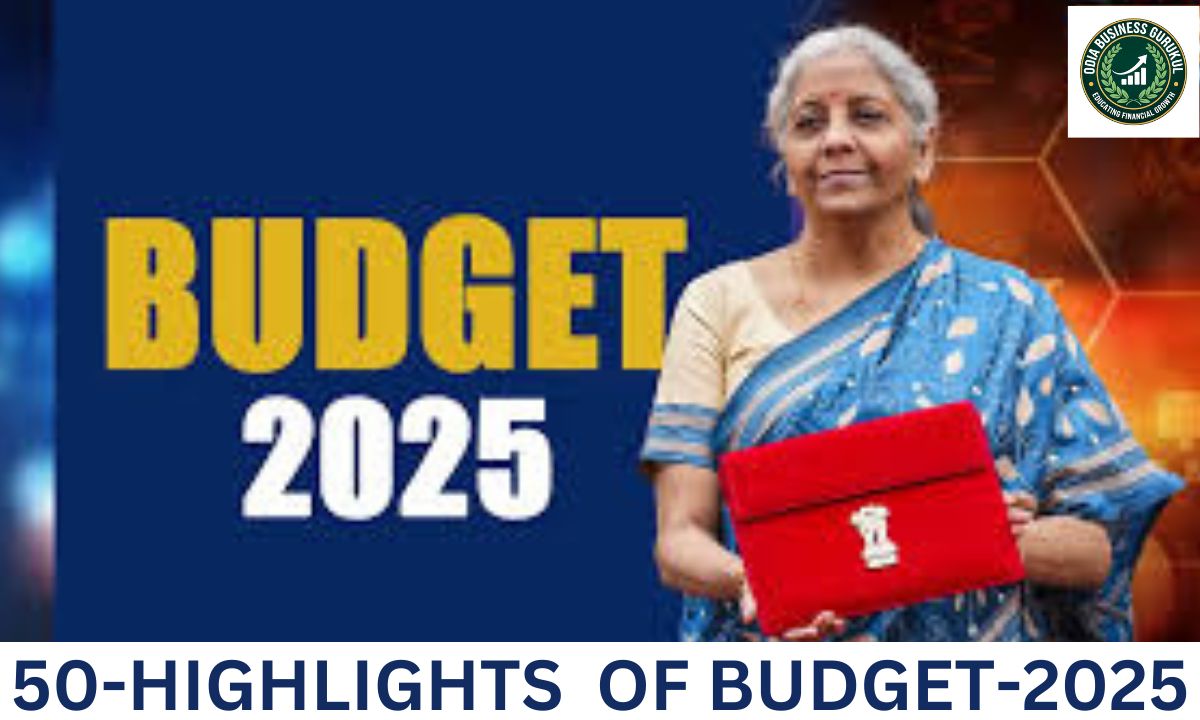Introduction:
Education is one of the most important investments in a person's life. However, higher education, especially in reputed institutions in India and abroad, can be expensive.
This is where education loans come in. Banks and financial institutions in India provide education loans to students who wish to pursue higher studies but need financial assistance.
If you are planning to apply for an education loan in India, this step-by-step guide will help you understand the process and requirements.
Educational Loan for Girls Students in India:-
Yes, the Government of India provides special facilities and benefits for girl students applying for education loans. Some of the key schemes and incentives include:
1. Lower Interest Rates for Female Students
Most banks offer a 0.5% concession on the interest rate for female students under the Indian Banks' Association (IBA) Model Education Loan Scheme. This applies to loans taken from public sector banks like SBI, PNB, and Bank of Baroda.
2. Vidya Lakshmi Portal
The Vidya Lakshmi Portal is a government initiative where students, including girls, can apply for multiple education loans from different banks in one place. 3. SBI’s Special Scheme – "SBI Shaurya Education Loan"
SBI offers a lower interest rate for female students under this scheme, which is available for students pursuing higher education in India and abroad.
4. Mahila Samriddhi Yojana
Under this scheme, women, including girl students, get financial aid for skill development and vocational training.
5. Padho Pardesh Scheme
This scheme provides interest subsidies for minority community students (including girls) pursuing higher education abroad.
6. Central Sector Interest Subsidy Scheme (CSIS)
This scheme offers 100% interest subsidy during the moratorium period (course duration + 1 year) for students from economically weaker sections (family income up to ₹4.5 lakh per year).
7. Higher Chances of Loan Approval
Banks often have relaxed criteria for girls applying for education loans, leading to higher chances of loan approval.
Step 1: Understand the Types of Education Loans
Education loans in India are broadly categorized into:
Domestic Education Loan – For students who wish to study in India.
Overseas Education Loan – For students planning to study abroad.
Undergraduate Education Loan – For students enrolling in undergraduate courses.
Postgraduate Education Loan – For those pursuing higher studies like master’s or PhD programs.
Career-oriented or Skill Development Loan – For students enrolling in professional and technical courses.
Each loan type has different eligibility criteria and repayment options, so it is essential to choose the right one for your needs.
Step 2: Check Your Eligibility Criteria
Every bank has its own set of eligibility criteria, but generally, you must:
Be an Indian citizen.
Have secured admission to a recognized institution in India or abroad.
Have a co-applicant (usually a parent or guardian).
Meet the minimum academic performance requirements set by the bank.
Step 3: Research and Compare Education Loan Options
There are many banks and NBFCs (Non-Banking Financial Companies) that provide education loans. Compare the following factors before choosing a lender:
- Interest Rate: Some banks offer lower interest rates, while others provide additional benefits.
- Loan Amount: Ensure the bank provides enough funds to cover tuition fees and other expenses.
- Repayment Terms: Look for a lender that offers flexible repayment options.
- Moratorium Period: Some banks provide a grace period before loan repayment begins.
- Processing Fees and Other Charges: Compare charges across different banks.
Government banks generally offer education loans at lower interest rates compared to private banks, but their approval process may take longer.
Step 4: Prepare the Required Documents
You will need to submit several documents while applying for an education loan. The common documents required are:
Personal Documents:
Passport-size photographs
PAN card and Aadhaar card
Proof of residence (electricity bill, ration card, etc.)
Admission letter from the university/college
Academic Documents:
Mark sheets of 10th, 12th, and graduation (if applicable)
Scorecard of entrance exams (if applicable, such as JEE, NEET, CAT, GRE, GMAT, etc.)
Financial Documents:
Income proof of parents/guardians (salary slips, IT returns, Form 16, etc.)
Bank statements of the last 6 months
Statement of assets and liabilities
Collateral Documents (if applicable):
Property papers, fixed deposits, or any other asset documents (for loans requiring collateral)
Step 5: Apply for the Education Loan
Once you have chosen a bank and gathered all the necessary documents, follow these steps to apply:
Visit the Bank or Apply Online – Some banks offer online applications, while others require you to visit a branch.
Fill Out the Application Form – Provide correct details about your personal, academic, and financial background.
Submit Required Documents – Attach all necessary documents along with the application form.
Attend the Verification Process – The bank will verify your documents, academic records, and financial background.
Approval Process – If everything is in order, the bank will approve the loan and issue a sanction letter.
Step 6: Understand Loan Disbursement and Repayment Terms
Loan Disbursement
- After loan approval, the bank disburses the loan amount directly to the educational institution in instalments.
- Some banks also provide a certain portion of the loan for living expenses.
Loan Repayment
- Moratorium Period: Most banks offer a grace period (moratorium) of 6 months to 1 year after completing the course before you start repayment.
- Repayment Tenure: The repayment period usually ranges from 5 to 15 years, depending on the bank.
- EMI Payments: You will start repaying the loan through EMIs (Equated Monthly Installments) after the moratorium period.
Step 7: Apply for Government Subsidies and Schemes
To make education loans more affordable, the Government of India has introduced various subsidy schemes, such as:
- Central Sector Interest Subsidy (CSIS) Scheme: This provides interest subsidy for economically weaker sections.
- Padho Pardesh Scheme: Interest subsidy for students belonging to minority communities for overseas studies.
- Dr. Ambedkar Central Sector Scheme: Interest subsidy for OBC and economically backward students.
Check with your bank if you qualify for any of these schemes to reduce your interest burden.
Step 8: Keep Track of Your Loan and Maintain a Good Credit Score
- Ensure timely repayment of EMIs to maintain a good credit score.
- Contact your bank if you face financial difficulties and explore repayment options.
- Keep all loan-related documents safely for future reference.
Conclusion: -
2020-21: Around 4.07 lakh loan accounts, with disbursements totalling ₹11,558 crore.
2021-22: About 4.57 lakh loan accounts, with ₹16,183 crore disbursed.
2022-23: Approximately 6.30 lakh loan accounts, totalling ₹24,997 crore in disbursements.
2023-24: Around 7.37 lakh loan accounts, with disbursements amounting to ₹28,699 crore.
Applying for an education loan in India is a structured process, and following these steps can make it easier.
Choosing the right loan, submitting the correct documents, and understanding the repayment terms are crucial for a smooth loan process.
With the right approach, an education loan can be a great way to fund your studies and achieve your academic dreams.







